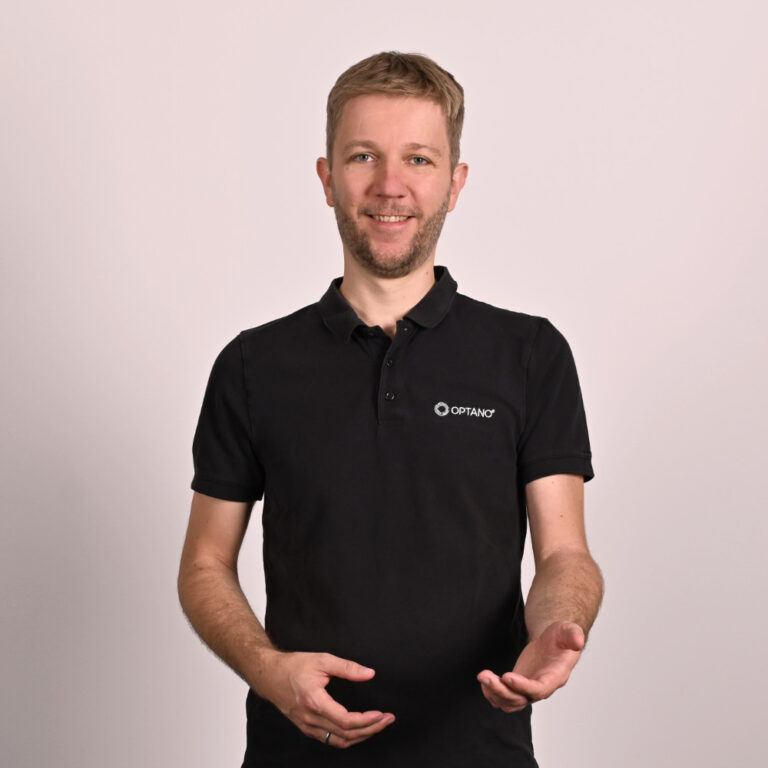The story of the Christmas workshop
It’s that time of year again: In the run-up to Christmas, several hundred thousand Christmas wish lists are sent to Santa Claus in the North Pole. Children from all over the world write down or draw pictures of the things they want to have, take their letters to the post office or put them on window sills so that Santa’s elves can collect and hand them in to their “boss”. This is not the only way these magical creatures with the pointy ears help Santa Claus. Beside looking after the reindeers, the elves’ main job is to manufacture the toys and ensure these reach children all over the world on Christmas Day (24th or 25th December, depending on where you are in the world).
Santa's elves also started out on a small-scale
Back in the days when wishes were simple
At the beginning of the previous century, there was just a small workshop at the North Pole. In those days, the children’s wishes were modest and rather uniform. Rocking horses, china dolls, toy shops, railway sets and train engines were typical presents that topped the wish lists. Santa’s little elves were familiar with all of these wishes and had the whole year to manufacture the toys and store them in their small workshop. And here they remained until Santa collected them at Christmas.
Back then, there were certainly specific wishes to be fulfilled: dolls with different hair colours and clothes, for example. The rocking horses were either black, white or chestnut in color. The train sets had different kinds of landscapes and the assortment of food at the toy grocery could also vary. But that was as far as it went. The elves had no problem maintaining an overview and ensuring that all of the finished toys were ready for dispatch in time for Christmas.
From a small workshop to a large factory
Today the North Pole is the location of the world’s largest toy manufacturer. The small Christmas workshop of old has long been replaced by a factory which has been extended and augmented into an elaborate logistics and distribution network. But how did this come about?
Globalization has played a significant role in this respect. Meanwhile, a huge range of toys is available in many parts of the world. These toys are advertised in many different information channels. As a consequence, the children’s wishes have grown accordingly.

Are you interested in our factsheet?
What are the benefits of mathematical optimization?
Is the large variety too complex for Santa's elves?
The range of toys has not only grown due to innovative toys, recent examples being interactive soft toys and programmable robots. Traditional toys also come in an ever increasing number of varieties. Current movies or TV series are often the basis for new “game worlds” for toys withbuilding blocks, etc.
In the meantime, the huge range of toys and their many different varieties have led to a barely manageable complexity for many manufacturers and retailers – but not for Santa’s elves! Because they know how to manage complexity – with mathematics!
The warehouses must be full of the right goods
The wish lists normally start reaching the North Pole in the weeks before Christmas, so Santa and his elves have very little time to plan and prepare. It is useful to have the warehouse well stocked with the toys to be distributed at Christmas several weeks in advance and, needless to say, with the right assortment.
Know the wishes - thanks to demand forecasting
Being able to predict the right toys when stocking the warehouse shelves is very helpful. The key to successful demand forecasting is data. Let us take a closer look at this: First of all there is data on the target group (the children’s age, sex and interests) which changes from year to year. Furthermore, the predictions made by Santa’s elves are based on historical sales data, i.e. the children’s wishes over the previous years. On the other hand, current trends also need to be taken into account, especially during the Christmas business. For this reason the little elves spend the whole year going around the world looking for toys which will determine tomorrow’s market.
Another important aspect to consider when stocking the warehouse are the shorter product life cycles. Even in the toy sector, products are quickly substituted by updated models and new versions. This can lead to obsolete inventory which has to be written off and, at worst, be sold at a loss.
Thanks to demand forecasts, companies can avoid both delivery delays at Christmas and warehouses that are overstocked with out-of-date toys. Therefore, the little warehouse elves have to ensure that the right amount of building blocks, dolls and games are in stock long before the Christmas season begins.
If you would like to learn more about how demand forecasts work, then read our article “Accurate sales forecasting for more efficiency“
A trend has exploded – what now?
Quite often trends will emerge suddenly and, thanks to social media platforms, these will explode across the world. A toy that nobody had been aware of the day before is now what children want the next day- or for Christmas. This signals disaster for many production planners, but not for Santa Claus and his little helpers.
New wishes mean rescheduling
Having to reschedule production can always be necessary. New rush orders are often the reason. So, if a trend explodes just before Christmas, the little production planning elves have to create another optimal plan as soon as possible. This should take into account all constraints and dependencies as well as keep delays and additional costs for the entire production as low as possible. Doing this manually is practically impossible once you reach a certain degree of complexity. But if you, like Santa’s elves, use mathematical optimization, you can sit back and relax.
You will find out more about rescheduling in our blog “Rescheduling for high priority orders“.
More interesting articles
Mathematical optimization and OPTANO to fulfil all your (Christmas) wishes
Our Christmas elves have already understood that mathematical methods are the solution when it comes to structuring complex processes like production planning while still being able to guarantee delivery. With the aid of Predictive and Prescriptive Analytics, production plans can be created based on a model which maps the entire production process – taking into account all targets, resources, variables and constraints. Special solvers are deployed to find the best solution to the production problem. In this way optimal production plans can be made and changed at the touch of a button.
Planning can be improved by the afore-mentioned demand forecasts based on Predictive Analytics. With the help of Machine Learning (ML), correlations become visible in the data to be analyzed that are can only be identified by experts or remain completely undetected during manual processing. The forecast created in this way flows into production planning. In addition to historical data, external sources can also be taken into account. This makes it possible to respond to trends in production planning at an early stage. This means that optimal planning is based on the best possible prediction of the future, using the findings of the past.
What we can learn from Santa's elves
What our little Christmas elves have long recognized can also be the answer to many challenges in your company: With the help of intelligent, mathematically supported planning, optimization potential in production can be identified and used to your advantage. You can be confident that using optimization software like OPTANO will result in more efficiency, customer satisfaction and sustainability for your company.
Maybe you are now in the Christmas spirit and would like to read another story about Santa Claus? If you want to know what Santa has to do with typical optimization problems like the “Traveling Salesman Problem” or the “Knapsack Problem”, then read our story “The logistical miracle of Santa Claus“.
We wish you happy reading and a very Merry Christmas.
Have you got your copy of our factsheet on this topic?

In our factsheet “What are the benefits of mathematical optimization?” we ask 5 questions to help you assess whether mathematical optimization brings benefits to your organization.
To obtain our factsheet, all you need to do is enter your contact details in the space below. A pop-up window will then open to download the whitepaper. Please note that by providing us with your email address, you agree that we may contact you on this topic. You may revoke this agreement at any time by contacting [email protected].







